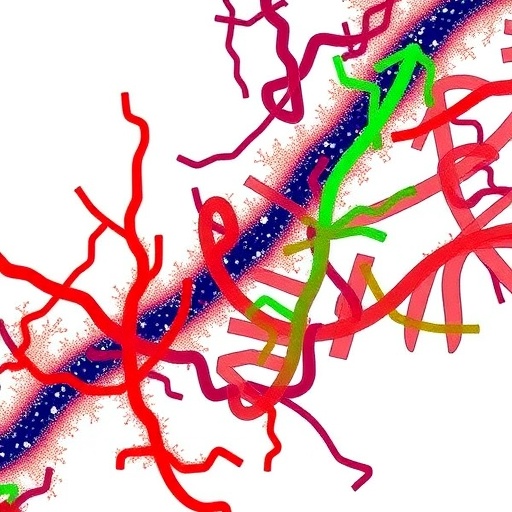Women’s attitudes and behaviors may have contributed to their reduced vulnerability and mortality. A survey in 8 countries shows they consider Coronavirus a more serious problem than men and are more likely to approve and comply with health policies

Credit: Paolo Tonato
The increased adherence of women to Coronavirus policies may be one of the reasons for the lower vulnerability and mortality that they experienced, compared to men, in the early phase of the epidemic. “Policy makers who promote a new normality made of reduced mobility, face masks and other behavioral changes,” says Vincenzo Galasso, one of the authors of a new study on gender differences in the reaction to COVID-19, “should, therefore, design a gender-differentiated communication if they want to increase the compliance of men.”
Two of the authors of the research, which appeared on PNAS (Proceedings of the National Academy of Sciences) are scholars of Bocconi University, Vincenzo Galasso and Paola Profeta, affiliated to Bocconi’s COVID Crisis Lab.
The authors observe substantial gender differences in both attitudes and behaviors through a two-wave survey (March and April 2020), with 21,649 respondents in Australia, Austria, France, Germany, Italy, New Zealand, the UK and the US, which is part of the international project REPEAT (REpresentations, PErceptions and ATtitudes on the COVID-19).
Women around the world are more inclined than men to consider COVID-19 a very serious health problem (59% against 48.7% in March and 39.6% against 33% in April), they are more inclined to agree with public policies that fight the pandemic, such as mobility restrictions and social distancing (54,1 against 47,7 in an index that goes from 1 to 100 in March and 42,6 against 37,4 in April) and are clearly more inclined to follow the rules concerning COVID-19 (88,1% against 83,2% in March and 77,6% against 71,8% in April).
The share of individuals complying with the rules drops over time, particularly in Germany, from 85.8% of women and 81.5% of men in March to 70.5% of women and 63.7% of men in April, but the large gender gap persists.
“The biggest differences between men and women relate to behaviors that serve to protect others above all, such as coughing in the elbow, unlike those that can protect both themselves and others,” says Profeta.
Gender differences persist even after the study controlled a large number of sociodemographic characteristics and psychological factors.
However, such differences are smaller among married couples, who live together and share their views with each other, and among individuals most directly exposed to the pandemic. They decrease over time if men and women are exposed to the same flow of information about the pandemic.
###
Media Contact
Tomaso Eridani, Press Office, Bocconi Uni.
[email protected]
Related Journal Article
http://dx.





